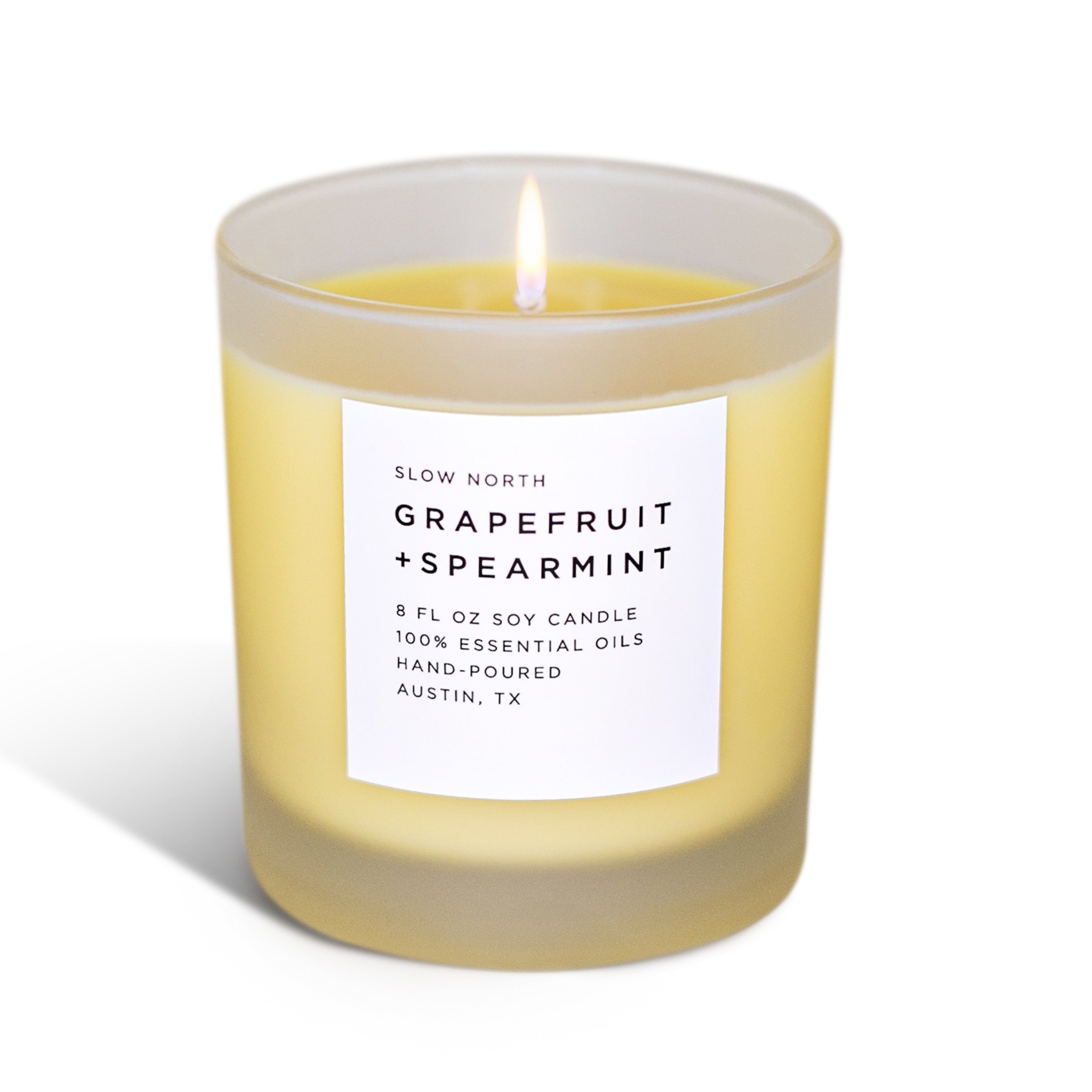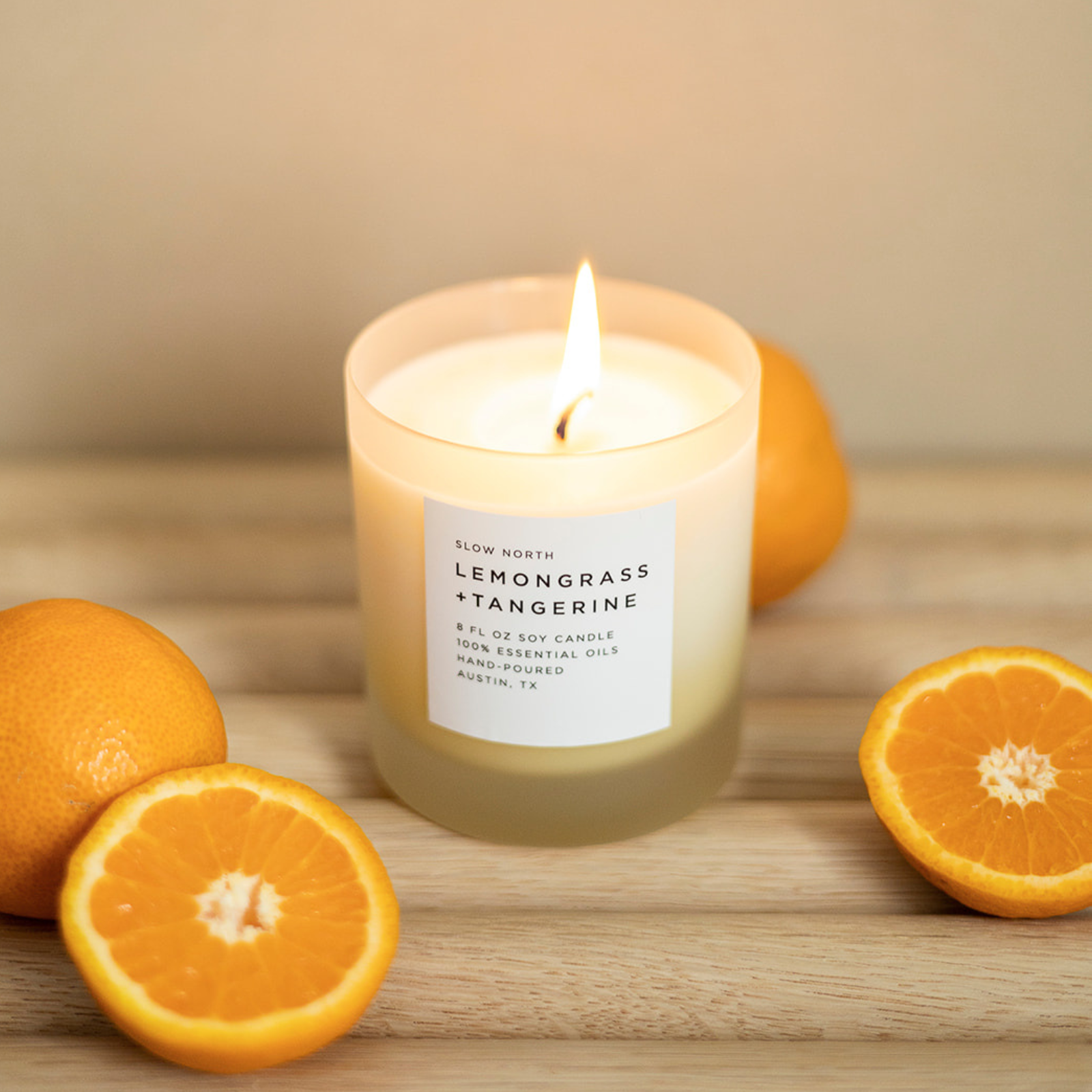
Winter Solstice Meaning: Unraveling the Science and Significance

The winter solstice is an astronomical event occurring when the Earth's tilt towards the sun is at its minimum, resulting in the shortest day and longest night of the year. In the Northern Hemisphere, it usually falls on December 21 or 22. This event signifies the beginning of the gradual increase in daylight, as we transition towards springtime.
Throughout history, various cultures have celebrated the winter solstice and attached different meanings to it. These diverse customs have given rise to numerous rituals and festivities around the world, many of which honor the return of the sun and its crucial role in sustaining life on Earth.
But what does the winter solstice actually entail and how can we draw spiritual significance from it?
Some notable winter solstice celebrations include:
- Yule: This Norse tradition involves bringing home large logs and feasting while the logs burn, which can take up to 12 days.
- Inti Raymi: The Incas honored their sun god, Inti, with three days of fasting leading up to the solstice. On the day itself, they would gather to watch the sunrise and offer chicha, a sacred fermented drink, alongside animal sacrifices.
- Dongzhi: Celebrated in mainland China, Hong Kong, and Taiwan, this festival began as a harvest celebration and has now evolved into a time for family gatherings and welcoming longer days.
- Zuni Tribe: The indigenous Zuni tribe of western New Mexico marks the winter solstice as their new year, with celebrations that include fasting, prayer, and the traditional Shalako dance.

Regardless of their origins, most winter solstice celebrations share the common theme of welcoming back the sun and embracing its light. With each culture having its unique way of observing the event, it's an opportunity for us to appreciate the diverse customs and consider incorporating some of these practices into our own lives.
To celebrate the winter solstice, we can engage in activities that honor the light and the natural world. This could involve waking up early to watch the sun rise, lighting candles or building a fire, or even preparing a nourishing meal to share with our loved ones.
By acknowledging the significance of this astronomical event, we can not only expand our understanding of various cultural practices but also remind ourselves of the brighter days ahead despite the cold and darkness of winter.

As we approach this celestial milestone, embracing the solstice from the comfort of our homes can be a source of peace, joy, and reflection. Here are enchanting ways to celebrate the winter solstice at home, infusing your space with warmth and light during the chill of winter.
1. Light Up the Dark: On the darkest day of the year, create a sanctuary of light. Gather candles, lanterns, or string lights and arrange them around your home. As dusk falls, light them one by one, reflecting on the year gone by and setting intentions for the new cycle ahead.
2. Create a Nature Altar: The winter solstice is deeply connected to nature. Craft an altar with evergreen boughs, pinecones, and other natural elements that symbolize life enduring through the cold months. Adding crystals or stones can ground the space and provide a focus for meditation.
3. Solstice Feast: Prepare a special meal to celebrate the abundance of the season. Incorporate seasonal produce like winter squash, nuts, and pomegranates. Share this feast with loved ones, either in person or virtually, to honor the interconnectedness of life.
4. Reflect and Release: Take time to journal or meditate, reflecting on the past year. Write down what you wish to release with the long night, and consider what hopes and dreams you will carry into the returning light.
5. Embrace Yuletide Traditions: Dive into history and explore ancient solstice traditions from around the world. You might find inspiration to make a traditional yule log or craft a sun wheel.
The winter solstice reminds us of the ever-changing cycles of nature and life. Celebrating it from our own homes allows us to connect deeply with these rhythms in a personal, meaningful way. As we bid the longest night farewell and welcome the slow return of the sun, let's remember the light that shines within each of us, promising renewal and hope.
Let this winter solstice be a beacon of tranquility and rejuvenation in your home.

Frequently Asked Questions
What does the winter solstice symbolize?
The winter solstice represents the shortest day and longest night of the year, and it marks the official beginning of the winter season. This event has been celebrated by various cultures throughout history, symbolizing themes such as rebirth, renewal, and the return of the light. As days start to grow longer again, it is often seen as a time of hope and new beginnings.
How is the winter solstice celebrated in various cultures?
Different cultures around the world have their own unique ways of celebrating the winter solstice. Some of these celebrations include:
- Yule: A pagan festival observed by Germanic and Nordic peoples, involving feasting, singing, and gift-giving.
- Dongzhi: In China, this festival is marked with family reunions and the consumption of warming foods like glutinous rice balls and mutton soup.
- Inti Raymi: The ancient Inca festival of the sun, in which the Inca emperor made offerings to the sun god and led feasts and processions.
- Saturnalia: A Roman festival in honor of the god Saturn, involving feasting, gift-giving, and general merrymaking.
What is the link between astrology and the winter solstice?
In astrology, the winter solstice is connected to the transition of the sun into the zodiac sign Capricorn. This event is believed to influence the energy and characteristics of individuals born during this time, as well as impact various aspects of life, such as career, relationships, and personal growth.

What distinguishes solstices from equinoxes?
Solstices and equinoxes are both related to Earth's tilt on its axis and its orbit around the sun. However, they mark different points in this annual cycle:
- Solstices: Occur when the sun is at its greatest distance from the celestial equator, resulting in the shortest day or longest night of the year. The winter solstice occurs in December, while the summer solstice occurs in June.
- Equinoxes: Occur when the sun is directly above the Earth's equator, resulting in equal lengths of day and night. The spring (vernal) equinox happens in March, and the autumnal equinox takes place in September.
Is there any spiritual significance to being born on the winter solstice?
Being born on the winter solstice is sometimes considered spiritually significant, as it is believed to imbue individuals with unique qualities such as wisdom, intuition, and a connection to ancient traditions. However, this belief varies greatly depending on one's personal spiritual path and worldviews.
How does the winter solstice impact the Southern Hemisphere?
The winter solstice, which marks the shortest day of the year in the Northern Hemisphere, coincides with the summer solstice in the Southern Hemisphere. This means that the Southern Hemisphere experiences its longest day and shortest night of the year at the same time. Conversely, when the Northern Hemisphere celebrates the summer solstice, the Southern Hemisphere observes its winter solstice.
No matter how you celebrate the solstice, don’t lose sight of its ancient meaning. The days may still be cold and dark, but we can use the winter solstice as a reminder that brighter days lie ahead.



























